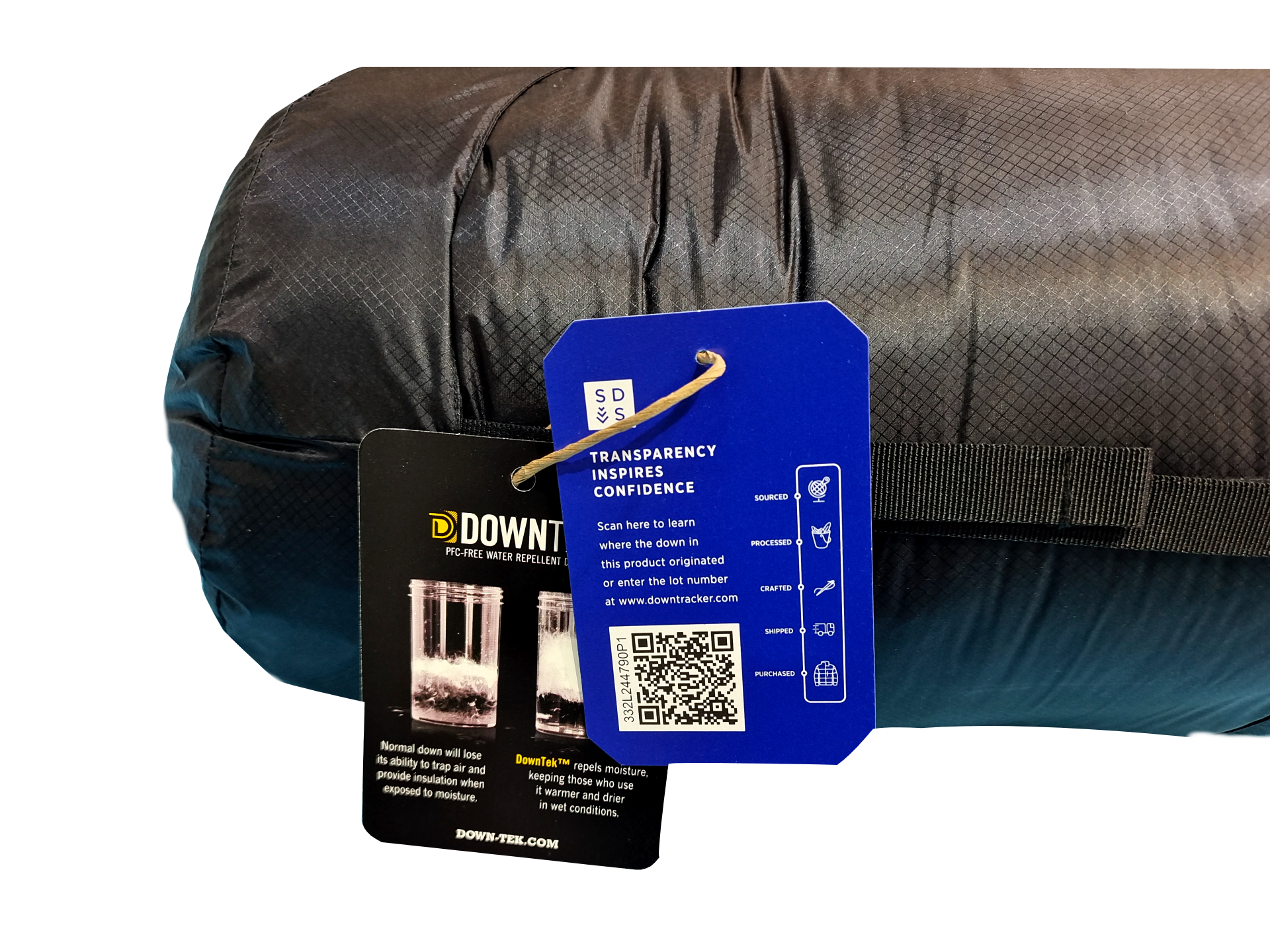Goose vs. Duck Down: Choosing and Caring for Your High-Performance Sleeping Bag
When considering the quality of a sleeping bag, many people focus on whether it contains goose down or duck down. While goose down is traditionally associated with superior loft and insulation, the reality is more nuanced, especially when discussing premium-treated downs like our 850 FP DownTek duck down.
The Importance of Fill Power
Fill power (FP) is the true measure of insulation performance. It indicates the volume one ounce of down occupies, with higher numbers signifying better loft and warmth-to-weight ratio. An 850 FP down, regardless of being sourced from ducks or geese, demonstrates exceptional insulation and compressibility. The DownTek duck down in our sleeping bag offers this high fill power because it is sourced from mature ducks (around five years old), which produce down clusters comparable to those of geese.
Ducks vs. Geese – The Differences
While geese are generally larger than ducks and produce naturally larger down clusters, this is not the sole determinant of quality. Ducks raised for long periods under specific conditions can develop down that is equally lofty and insulating. Here are the main differences:
-
Size of Down Clusters: Goose down typically has larger clusters, contributing to higher loft and slightly better insulation at lower fill powers. However, at 850 FP, the difference becomes negligible.
-
Availability and Cost: Duck down is more abundant and thus more cost-effective without compromising quality at higher fill powers. Goose down is less common and therefore more expensive.
-
Odor: Duck down can sometimes retain more odor due to diet differences, but premium treatments like DownTek eliminate this issue.
For our NORTENT sleeping Lyng bag, the 850 FP DownTek-treated duck down offers exceptional performance. Its hydrophobic treatment ensures it resists moisture, maintaining its loft and insulation even in damp conditions. By sourcing down from mature ducks, we achieve a level of quality comparable to high-end goose down, providing warmth, comfort, and durability for your adventures.
Ultimately, while goose down has a reputation for loftiness, advancements in sourcing and treatment, like those used in our DownTek down, ensure that duck down is a reliable, high-performing alternative for demanding outdoor use.
How to take care of your Lyng down sleeping bag
Proper care of your down sleeping bag ensures its longevity and maintains its insulating properties. Follow these steps to keep it in great condition:
After each use:
- Air it out: Shake out your sleeping bag and hang it to air-dry immediately after use to remove moisture and odors.
- Spot clean if necessary: Use a damp cloth to clean dirty spots, focusing on the outer fabric. Avoid using detergents directly on the fabric unless washing.
Storage:
- Avoid compression during storage: Store your sleeping bag in the breathable, mesh storage sack, not its compression sack, to prevent flattening the down.
- Dry it completely: Ensure it’s 100% dry before storing to prevent mold or mildew.
- Store in a cool, dry place: Keep it in a location away from moisture, direct sunlight, or extreme temperatures.
Washing:
- Frequency: Wash only when necessary (e.g., every few seasons or when visibly dirty).
- Use the right products: Use a down-specific detergent like Nikwax Down Wash to maintain loft and water repellency.
- Machine wash on gentle cycle:
- Wash with cold water on a delicate cycle.
- Drying: Tumble dry on low heat with dryer balls to fluff the down. This can take several hours. Do not rush the process.















